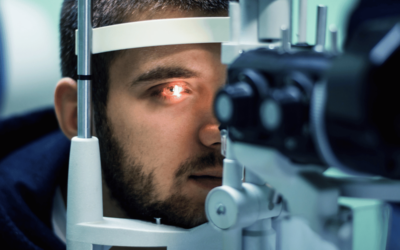Diabetic eye disease is a leading cause of blindness in the United States. In fact, diabetic retinopathy is the most common cause of vision loss among working-age adults. However, diabetic eye disease can often be treated successfully if it is detected early. That’s why it’s so important to get regular eye exams if you have diabetes.
What is Diabetic Eye Disease?
Diabetic eye disease refers to a group of eye problems that can occur in people with diabetes. Diabetes can damage the blood vessels of the retina (the light-sensitive tissue at the back of the eye) and lead to partial or complete vision loss. Diabetic retinopathy is the most common type of diabetic eye disease and can cause blindness if it is not detected early and treated properly.
Diabetic Macular Edema
Diabetic macular edema (DME) occurs when abnormal blood vessels leak fluid into the macula, the central portion of the retina that allows us to see fine details clearly. DME usually causes blurred vision. Loss of central vision from DME can make it difficult to read, drive, or recognize faces. DME is the most common cause of vision loss among people with diabetic retinopathy.
Glaucoma
Glaucoma is a group of disorders that damage the optic nerve, which carries information from your eyes to your brain. Glaucoma usually occurs when fluid builds up in your eye, causing increased pressure inside your eye. The increased pressure can damage the optic nerve over time and lead to vision loss or blindness. People with diabetes are more likely to develop glaucoma than people without diabetes.
Cataracts
A cataract is a clouding of your eye’s natural lens, which lies behind the iris and pupil (the black part of your eye). Cataracts usually form slowly and painlessly and initially have little effect on your vision. Over time, though, cataracts can cause blurry vision, faded colors, halos around lights, poor night vision, or trouble seeing to read or drive. People with diabetes are nearly twice as likely to develop cataracts as people without diabetes and tend to develop them at an earlier age.
Conclusion
The best way to prevent diabetic eye disease is by controlling your blood sugar levels and getting regular eye exams—even if you don’t have any symptoms or think anything is wrong with your eyesight.
If you have diabetes, be sure to ask your doctor how often you should have an exam—it may be more often than once a year! And if you do experience any changes in your vision, don’t wait—call our office to schedule an appointment! Early detection and treatment of diabetic eye disease can save your sight.



